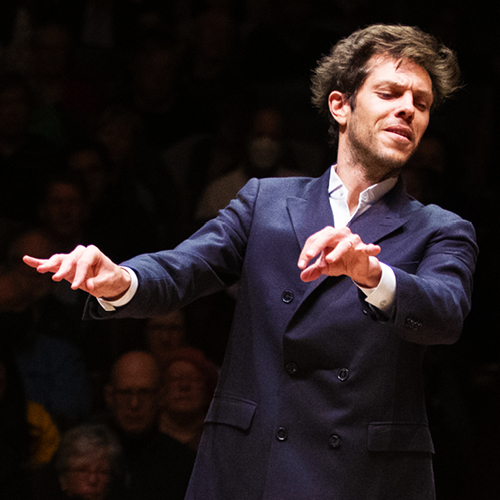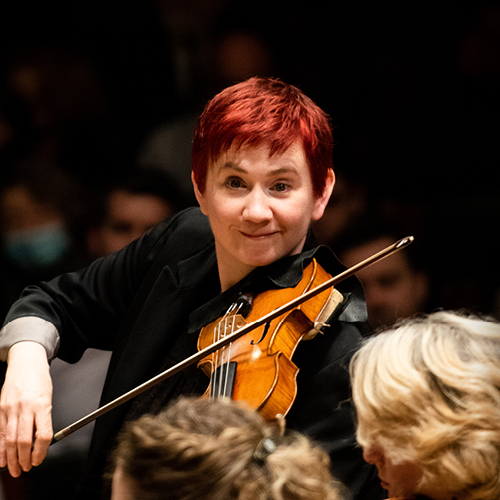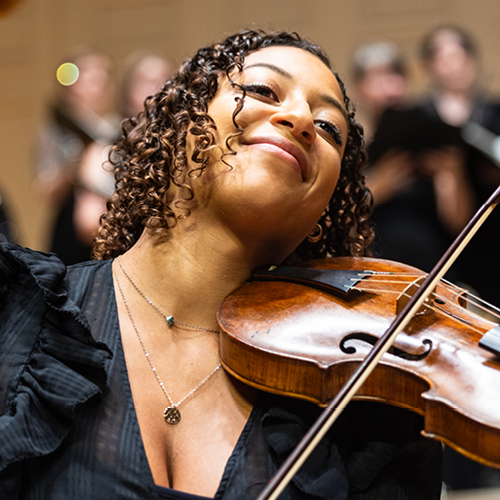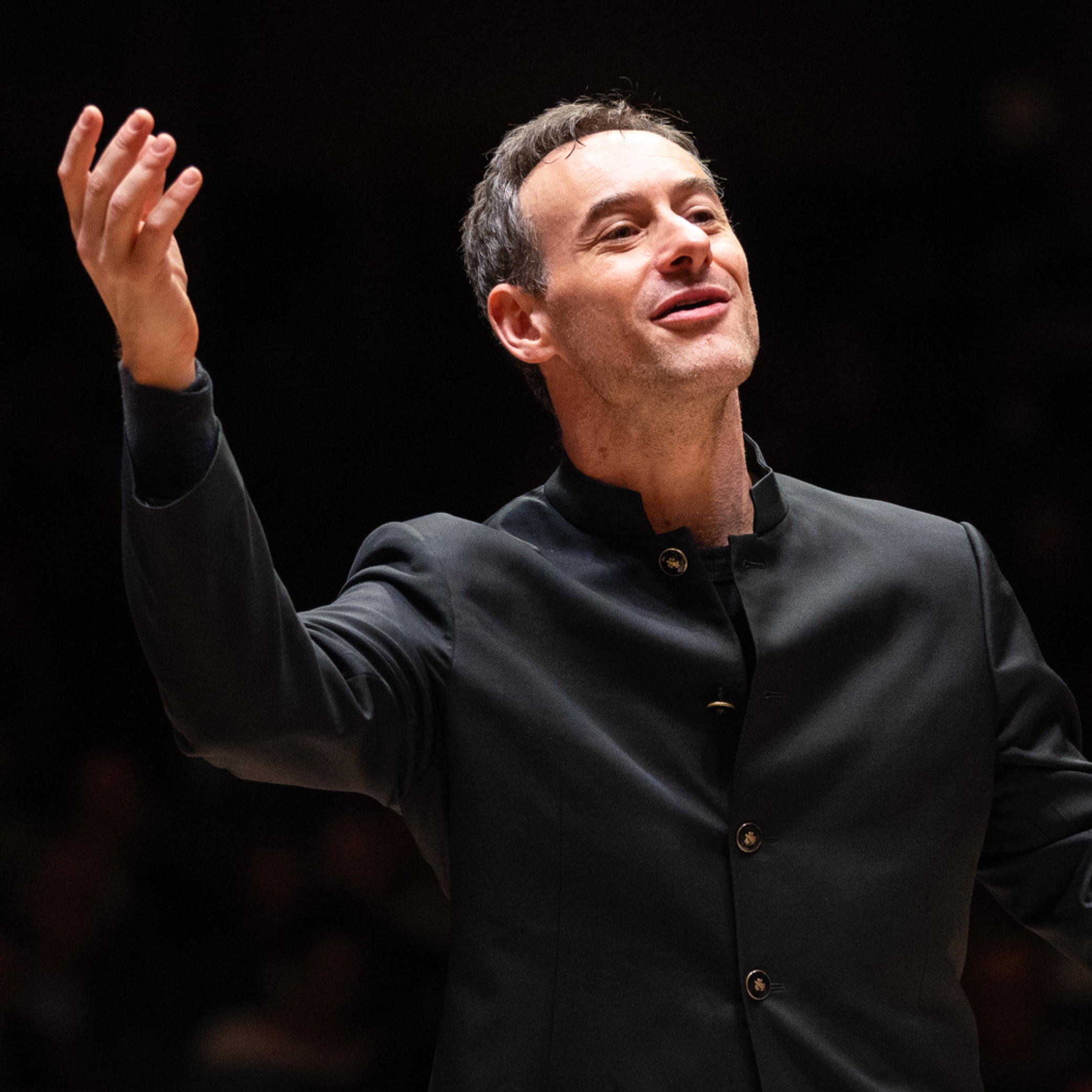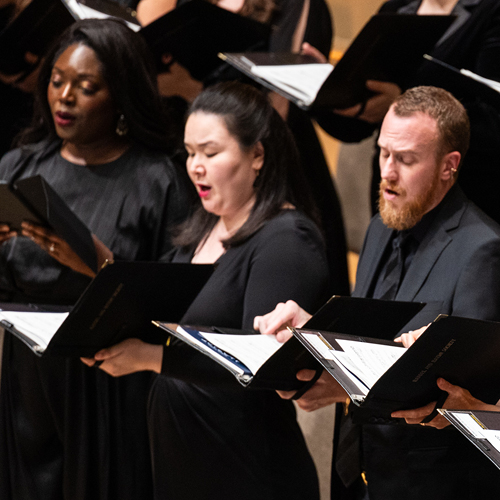
Enhanced Program Notes:
A Mozart Celebration
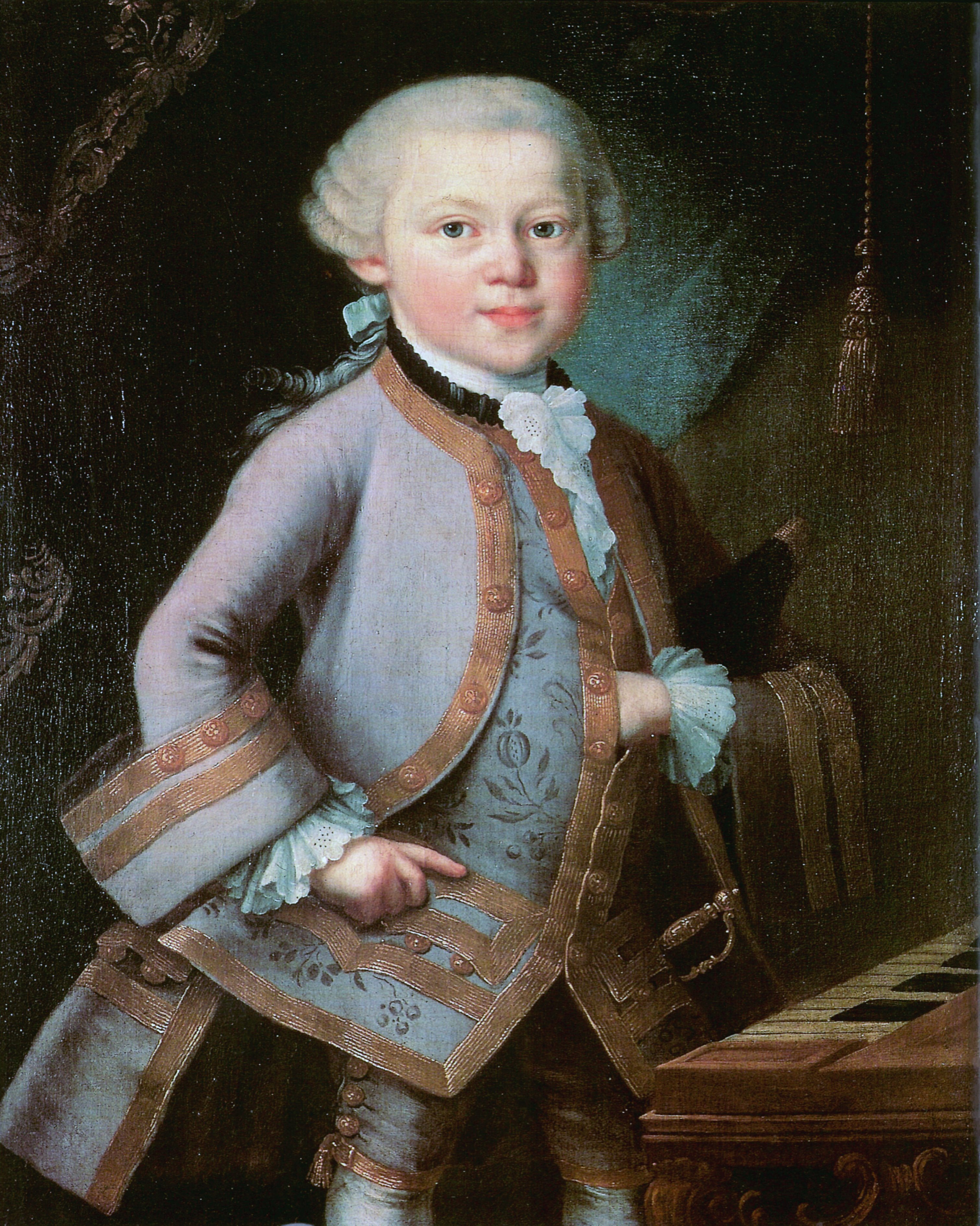
1763 portrait of Mozart possibly by Pietro Antonio Lorenzoni. Mozarts Geburtshaus, Salzburg
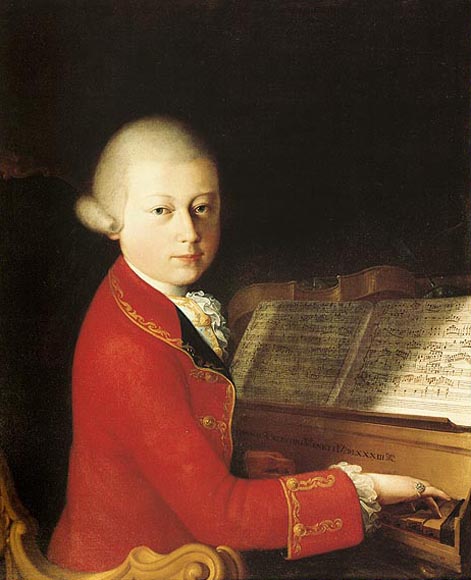
1770 portrait of Mozart by Saverio Dalla Rosa
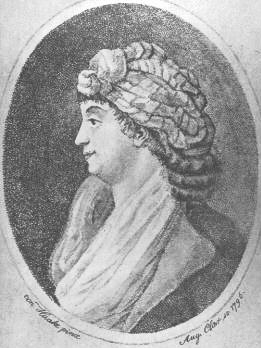
1796 engraving of Josefa Dušek by Johann Friedrich August Claar. Mozarts Geburtshaus, Salzburg
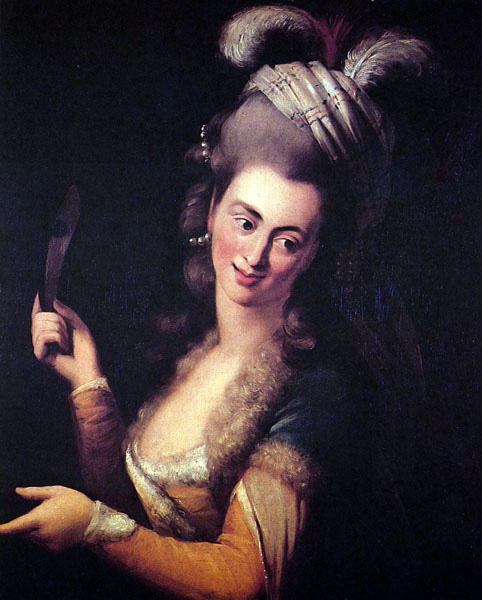
Portrait of Aloysia (Weber) Lange in costume, c. 1784 by Johann Baptist Lampi the Elder.

1782 portrait of Mozart by his brother-in-law Joseph Lange. Mozarts Geburtshaus, Salzburg
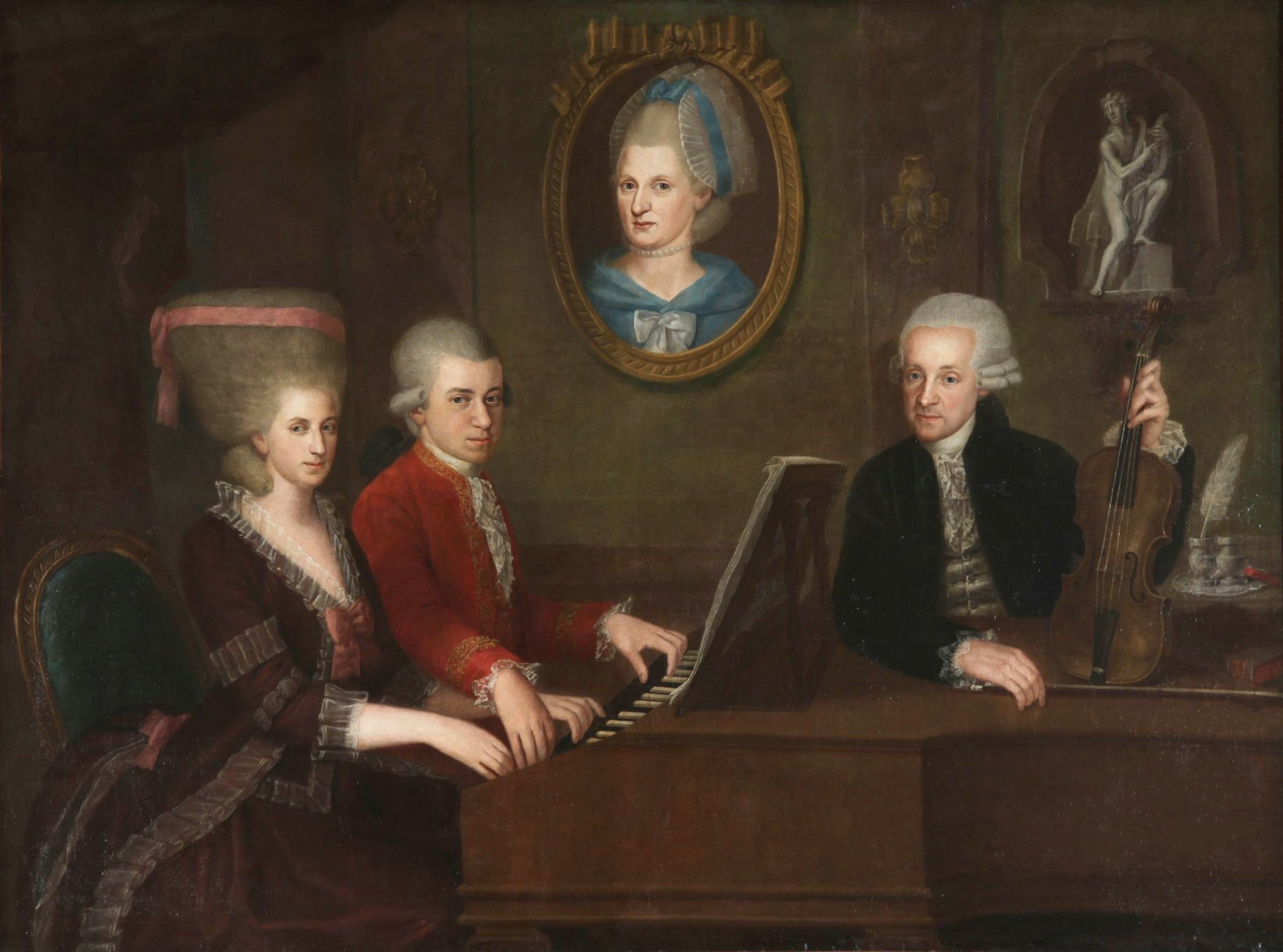
Mozart family c. 1780 by Johann Nepomuk della Croce with a portrait of Mozart’s mother. Mozarts Geburtshaus, Salzburg.
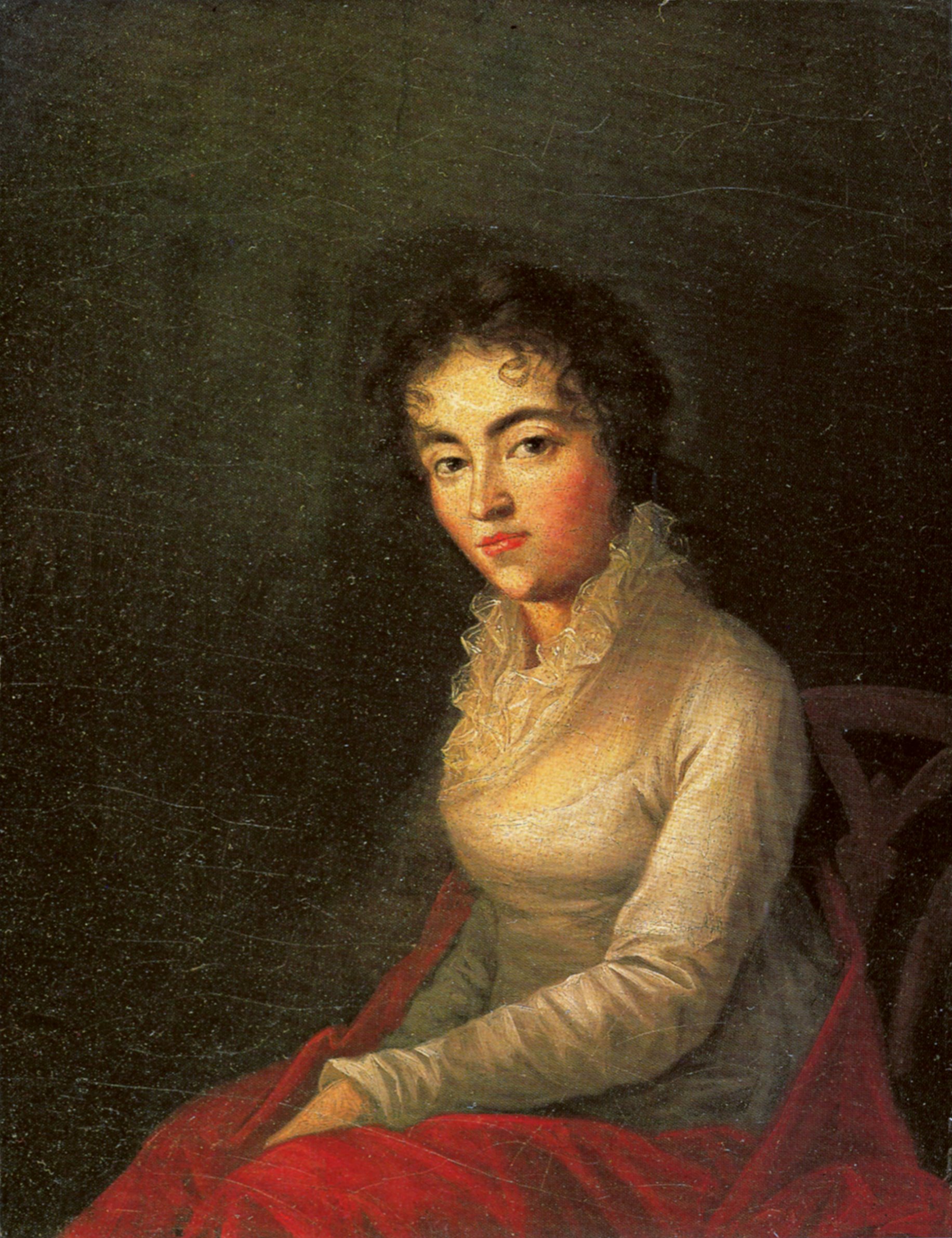
1782 portrait of Constanze (Weber) Mozart by her brother-on-law Joseph Lange. Hunterian Art Gallery, University of Glasgow.
Composing a Life
At the age of six, Wolfgang Amadè Mozart, often joined by his sister Maria Anna, began performing to enthusiastic audiences in Vienna and Munich. Over the next eight years, Mozart traveled to European capitals, astonishing professional musicians and amateurs alike with his musical abilities and knowledge, even as he absorbed an array of compositional styles from the countries and musicians he impressed.
Not long after being named concert master to the Salzburg court (first an honorary title in 1769, then with a small salary three years later), Mozart set his sights beyond his home. He continued to travel with the mounting hope that he would be offered a court position. When no offer was made, the discontented musician returned to his duties.
In 1777, Mozart formally asked to be released from his responsibilities at court. Because Leopold had supported his son in the petition to their employer, both father and son were fired. Although Leopold’s position was soon restored, Wolfgang’s was not and he once again made travel plans to find work beyond the confines of Salzburg.
Just before leaving, Mozart quickly composed the Aria, Recitative, and Cavatina, “Ah, lo previdi!” – “Ah, t’invola” – “Deh, non varcar”, K. 272 after meeting the famous Czech soprano Josefa Dušek, who was in Salzburg visiting her family. Mozart wrote another simliar work for Dušek in the 1780s and the two performed together for the Viennese court. The acclaimed soprano sang Mozart’s music in Dresden and Leipzig in 1789; in later years, she was a soloist in the Prague premieres of Haydn’s The Creation and Handel’s Messiah.
The text for the Aria, Recitative, and Cavatina comes from a libretto by the Italian poet Vittorio Amedeo Cigna-Santi, whose opera libretto Mitridate, re di Ponto Mozart had set earlier. Cigna-Santi’s text adds another dimension to the source myth about the hero Perseus saving Andromeda from a sea monster by creating a love triangle: Andromeda loves Perseus, but must marry Euristeo. Based on information from Euristeo, Andromeda erroneously surmises that Perseus has killed himself. In her anguish, she lashes out at Euristeo, whom she believes failed to prevent Perseus’s death.
Next, she implores Perseus to wait for her so that they can cross into the next life together.
Mozart’s setting of “Ah, lo previdi!” – “Ah, t’invola” – “Deh, non varcar” exemplifies the composer’s later comment to his father about the satisfaction he gets when writing an aria that fits a singer’s voice like “well-tailored clothes.” Josefa Dušek was praised for her expressive singing and the range of her voice and Mozart exploits both of these qualities throughout this dramatic scene for soprano accompanied by oboe, horn, and strings. The whole piece moves fluidly between the extremes of Andromeda’s emotions, culminating with the cavatina “Deh, non varcar,” a tender and lyrical section in which the oboe complements Andromeda’s plea for Perseus to wait for her.
During his 1777-1778 travels, Mozart met and fell in love with the soprano Aloysia Weber to whom he sent a copy of “Ah, lo previdi!” – Ah, t’invola” – “Deh, non varcar.” With it, he included a letter instructing her to pay careful attention to the expression marks and to devote herself fully to Andromeda’s character and the dramatic situation.
Mozart composed other works for Aloysia Weber and she sang the role of Donna Anna in the Viennese premiere of Mozart’s opera Don Giovanni. Aloysia married the court actor and painter Joseph Lange, whose unfinished portrait of Mozart is one of the most well-kown images of the composer. The two became in-laws when Mozart married Aloysia’s younger sister, Constanze.
In 1778, Mozart’s last unsuccessful attempt at securing a new position ended tragically when his mother died while they were in Paris. Soon after, Leopold instructed his son to return home, where he could assume a new position as court organist in addition to his post as concert master. Mozart accepted the new role reluctantly and in June 1781 left the court for good. He lived in Vienna for the remainder of his life, returning to Salzburg only once.
His first years in the imperial city were filled with composing, performing, and teaching. In the midst of writing one of his most popular works, Die Entführung aus dem Serail (The Abduction from the Seraglio), Mozart set another text by an anonymous poet. Dated April 10, 1782, “Nehmt meinen Dank, ihr holden Gönner!”, K. 383—possibly written for Aloysia (Weber) Lange—praises the generosity of patrons suggesting that it was written for a farewell concert.
Less overtly dramatic than the scene he composed for Josefa Dušek, “Nehmt meinen Dank, ihr holden Gönner!” is equally compelling. In the first section, Mozart groups the instruments to construct a three-layer effect: the violins play mostly constant eighth notes; the lower strings provide harmonic direction through a clearly outlined bass line; and the winds either double the voice or connect the phrases of the vocal line.
The strings play pizzicato (plucking rather than bowing), which keeps the instrumental texture light. This texture changes in the middle section as the strings bow long-held notes and the winds become more independent.
Mozart returns to the pizzicato strings and layered texture to complete this aria.
On August 4, 1782, Mozart married Constanze Weber. Even though Leopold consented to the marriage, he was never happy with his son’s choice. Some scholars believe this situation contributed to Mozart’s decision to compose his Mass in C Minor, K. 427, suggesting that it was intended as a kind of “peace-offering.” Moreover, based on Mozart’s January 1783 letter to his father, it appears that the couple were expected to travel to Salzburg, “but time and circumstances have, as you know, prevented our journey.” Mozart continues by saying that the score to half of the mass is proof of his sincerity. Constanze later elaborated on the origins of the mass, saying that Mozart began composing it in 1782 because of a vow he made for “her safe recovery after the birth of their first child.”
Mozart completed only the Kyrie and Gloria movements and finished the Credo to the Et incarnatus est; there are only incomplete drafts for the Sanctus and Benedictus and no Agnus dei. The work, with portions of Mozart’s earlier masses filling out the necessary places, was presented on October 26, 1783 in Salzburg with Constanze as one of the four soloists.
Both of the Kyrie sections highlight the soprano voice in the context of a choral setting, while the Christe section features soprano solo. The dramatic, even operatic close of the Christe section, which elides with the return of the Kyrie, is particularly striking.
The sections of the Gloria are framed by fugal textures with entrances that move from the bass through the soprano.
Additionally, the interior sections alternate between a soloist (mostly for soprano with the exception of the Quoniam which is for two sopranos and tenor) and chorus (the Qui tollis is for double chorus).
Posterity has designated this mass as Great to differentiate it from an earlier mass in the same key, but the appellation reflects the size of the piece as well. It is over 1200 measures long and is scored for four soloists, a chorus often divided into eight parts, flute, oboes, bassoons, horns, trumpets, trombones, timpani, organ, and strings. Concieved on a larger-scale than other masses, Mozart’s Mass in C minor reflects his immersion in the fugues of J.S. Bach and Handel which he studied regularly at the home of Baron Gottfried van Swieten. The impact of singing and playing this music can be heard in the intricacies of Mozart’s mass. Mozart does not, however, simply replicate the music he encountered at these weekly gatherings. Rather, he subsumes it into his own musical language, one filled with both the lyrical melodies and harmonic tension common to the music of his own day.
Although Mozart never completed this mass, he did re-use parts of it in his cantata Davidde penitente K. 469, quickly assembled in February 1785. The Mass in C minor was published “as is” in 1840. Since that publication various editions and completions of the mass have been performed and published. The edition used for today’s performance was reconstructed by Helmut Eder in 1987, following Mozart’s indications as closely as possible.
On August 10, 1787, Mozart entered the title of a new work in his catalog: Eine kleine Nachtmusik (A Little Night Music), followed by a list of the five movements. Unfortunately, only four of the five movements have survived; the original second movement, a minuet and trio, was inexplicably torn out of the score.
The first movement, Allegro, is filled with infectious rhythmic energy and memorable themes.
Next, the Romance suggests a serenade; that is, a love song performed beneath the beloved’s window at night.
It may be this movement that inspired the first publisher to apply the title “Serenade” to the whole, even though it does not appear in Mozart’s score or catalog. The Minuet and Trio are refined and stately dances with a touch of whimsy. The final Allegro recalls the exuberance of the first movement with an opening theme that returns in various guises, acting as an anchor for the musical excursions in between.
Why Mozart wrote Eine kleine Nachtmusik is not known for certain, but surely whoever heard it in the 18th century was as charmed by it as audiences today. The natural fluency of his writing, such as how the opening of the first movement rises and then descends in preparation for the next phrase, is indicative of Mozart’s style and undoubtedly a product of his innate talent, a talent informed by an earlier generation and fueled by the music and musicians of his day.
Teresa M. Neff | 2019

